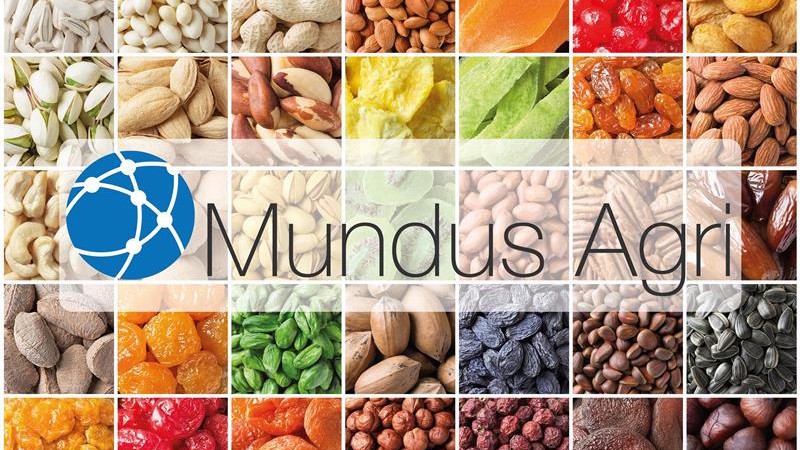Cashews: African countries can score with lower freight costs
November 24, 2021 at 11:13 AM ,
Der AUDITOR

Côte d'Ivoire makes a big splash
According to the latest estimates of the International Nut and Dried Fruit Council (INC), Côte d'Ivoire has managed to break the production mark of 1 million mt of RCN this season. This puts the country ahead of India, with 738,000 mt, and Vietnam, which recorded a decline of just over 11% and ranks third with a raw nut production of 400,000 mt. The lower Vietnamese crop is offset by increases in India and Cambodia.
Delayed production in Vietnam
In West Africa, delays in shipments initially made it look as if the crop had been smaller, but a closer look at the warehouses disproves this. As the INC reports, much of the commodity from the West African growing countries has already been sold and is in the hands of large traders. This year, significantly more raw cashews were processed in West Africa; the advantage is lower transport costs and a high time saving, from which especially European buyers benefit. This contrasts with Vietnam, where the pandemic-related factory closures in August and September had led to a slowdown in the shelling process and the massively high transport costs also deterred many foreign buyers.
On the European spot market, prices for Vietnamese cashews have risen slightly in the past two weeks and are now at EUR 7.10/kg FCA Spain for the WW240 variety.
|
Cashew kernels, Vietnam |
|
|
Type |
EUR/kg |
|
WW320 |
6.80 |
|
WW240 |
7.10 |
|
Large White Pieces |
4.85 |
|
Small Pieces |
3.15 |
|
FCA Spain |
|
Conflicting data for Brazil
For Brazil, the forecasts for the 2021 crop do not coincide. While the Brazilian Institute of Geography and Statistics (IBEG) reckons that the crop volume will decrease by 11% compared to 2020, the INC, with reference to local industry sources, expects an increase of a good 11% to 150,000 mt of RCN. Global production for the 2021/22 season is estimated at 3.95 million mt, which would represent an increase of 3% compared to last season.
|
Cashew production, RCN, in mt |
|||
|
Country |
2020/21 |
2021/22 |
Diff. |
|
Côte d'Ivoire |
900,000 |
1,000,000 |
11.1% |
|
India |
691,000 |
738,000 |
6.8% |
|
Vietnam |
450,000 |
400,000 |
-11.1% |
|
Cambodia |
190,000 |
250,000 |
31.6% |
|
Nigeria |
260,000 |
240,000 |
-7.7% |
|
Tanzania |
220,000 |
220,000 |
0.0% |
|
Guinea-Bissau |
180,000 |
180,000 |
0.0% |
|
Ghana |
170,000 |
155,000 |
-8.8% |
|
Benin |
173,000 |
150,000 |
-13.3% |
|
Brazil |
135,000 |
150,000 |
11.1% |
|
Indonesia |
115,000 |
115,000 |
0.0% |
|
Burkina Faso |
100,000 |
100,000 |
0.0% |
|
Guinea Conakry |
60,000 |
60,000 |
0.0% |
|
Mozambique |
55,000 |
55,000 |
0.0% |
|
Senegal |
35,000 |
35,000 |
0.0% |
|
Togo |
20,000 |
20,000 |
0.0% |
|
Gambia |
15,000 |
15,000 |
0.0% |
|
Mali |
7,000 |
7,000 |
0.0% |
|
Kenya |
6,000 |
6,000 |
0.0% |
|
Others |
54,000 |
54,000 |
0.0% |
|
Total |
3,836,000 |
3,950,000 |
3.0% |
|
INC, November 2021 |
|||
View more
- price charts for edible nuts
- price charts for dried fruit, oilseeds, spices and more





